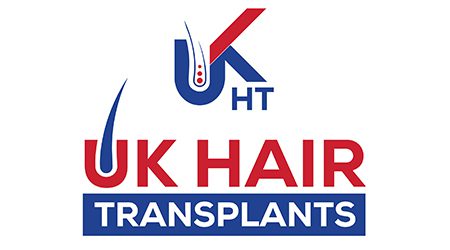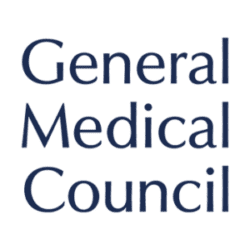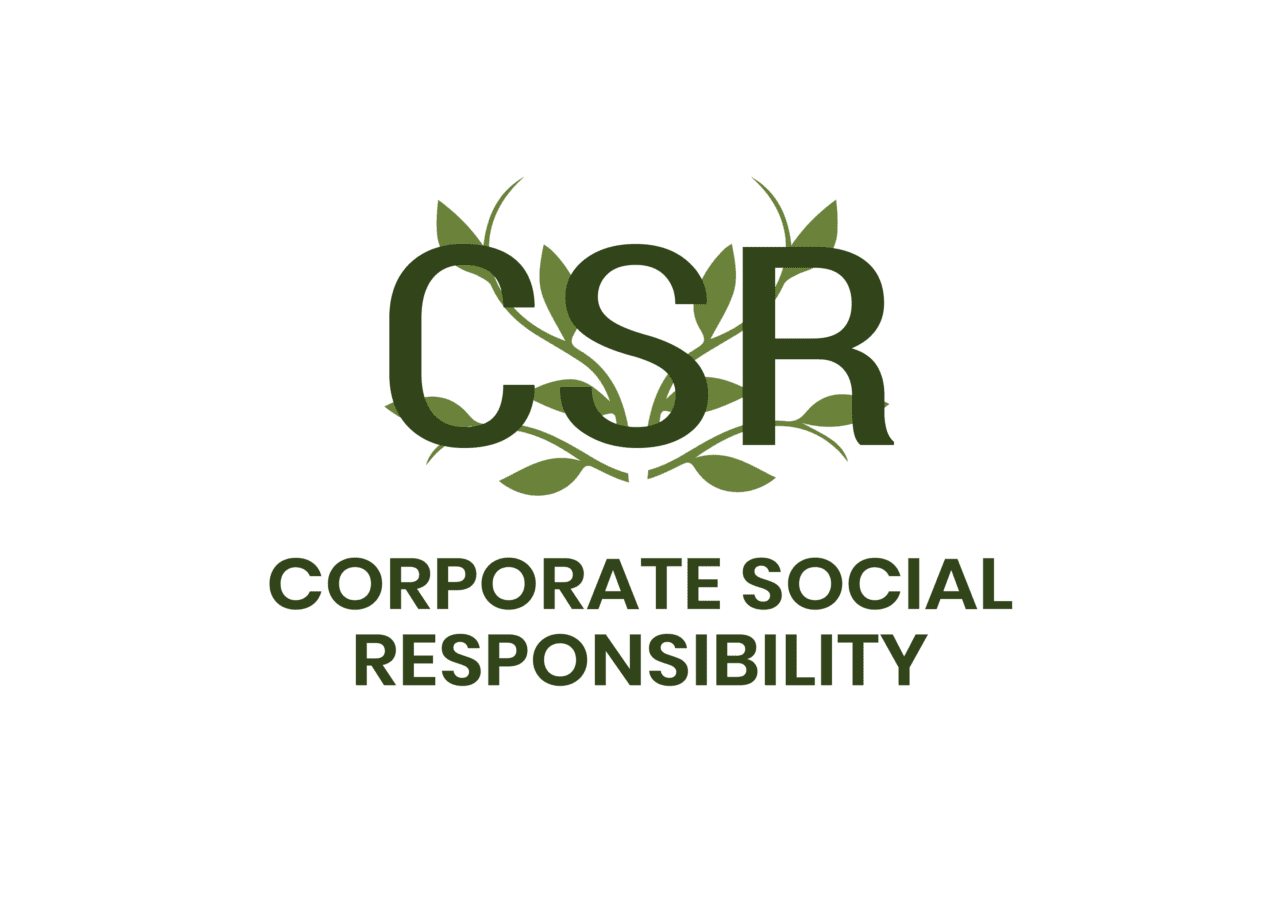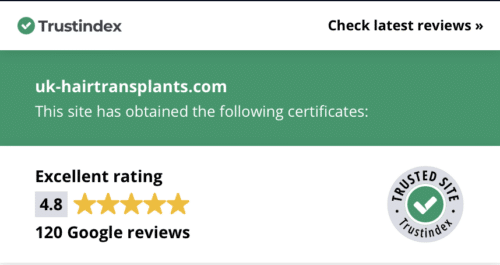Hair loss, a common concern for many individuals, has led to the development of various treatments over the years. One such treatment is Platelet-Rich Plasma (PRP) treatment, a non-surgical, minimally invasive procedure that has gained popularity in recent times. This essay will delve into the details of PRP treatment, its efficacy, safety, and cost.
What is PRP treatment?
PRP treatment is a three-step process that involves drawing blood, processing it to isolate the PRP treatment, and injecting it into the affected area. The idea behind this treatment is to use the body’s own healing mechanisms to stimulate hair growth. The platelets in the plasma are rich in growth factors, which can trigger cell proliferation, speed healing, and stimulate collagen production.
Efficacy and Safety
Research has shown that PRP treatment will benefit hair loss in several ways. A 2022 review found that PRP treatment for hair loss may stimulate hair growth and thickness, as well as protect hair follicles from prematurely shedding. Another study found that PRP may help increase hair thickness and density. It’s also been suggested that PRP may trigger hair growth by increasing blood supply to the hair follicle.
At UK Hair Transplants UKHT we have great results for our PRP treatments and can be done at our clinic by our qualified doctors.
Despite these promising results, there is no consensus on the frequency and duration of PRP treatment for hair loss. Studies have found benefits for hair growth with PRP treatment ranging from 4 injections every 15 days for 3 months to 3 monthly injections for 6 months.
In terms of safety, PRP therapy is considered safe with few risks of a reaction to the solution itself, as it consists of a person’s own blood components. However, it can be painful and expensive, with one session costing around £1,000, and a series of three treatments often necessary before improvement may be seen.
The Cost
The cost of PRP therapy varies widely, with estimates ranging from £300 to £1,000 per therapy session for orthopedic purposes. For hair loss, the cost may be similar. A significant downside to PRP therapy is that it is expensive and rarely covered by medical insurance.
Conclusion
PRP treatment is a medical treatment that could be part of a hair loss treatment plan. While it has shown promise in promoting hair growth, increasing hair thickness, and protecting hair from prematurely shedding, it is not a one-size-fits-all solution. The efficacy of PRP therapy can vary for each person, and it is a significant financial investment. As with any medical treatment, it’s important to consult with a healthcare professional to determine if PRP therapy is the right option for you.







